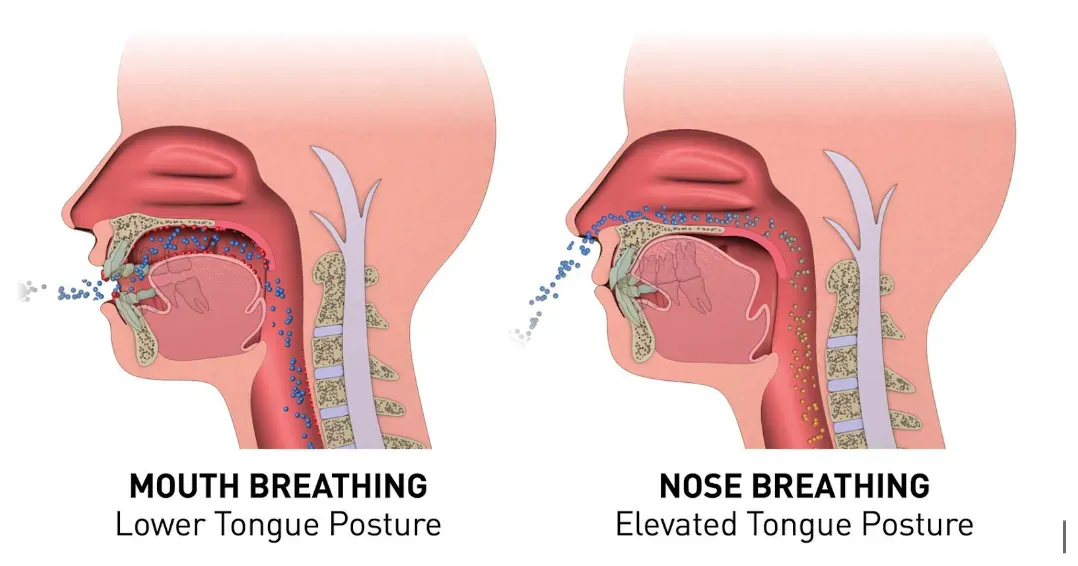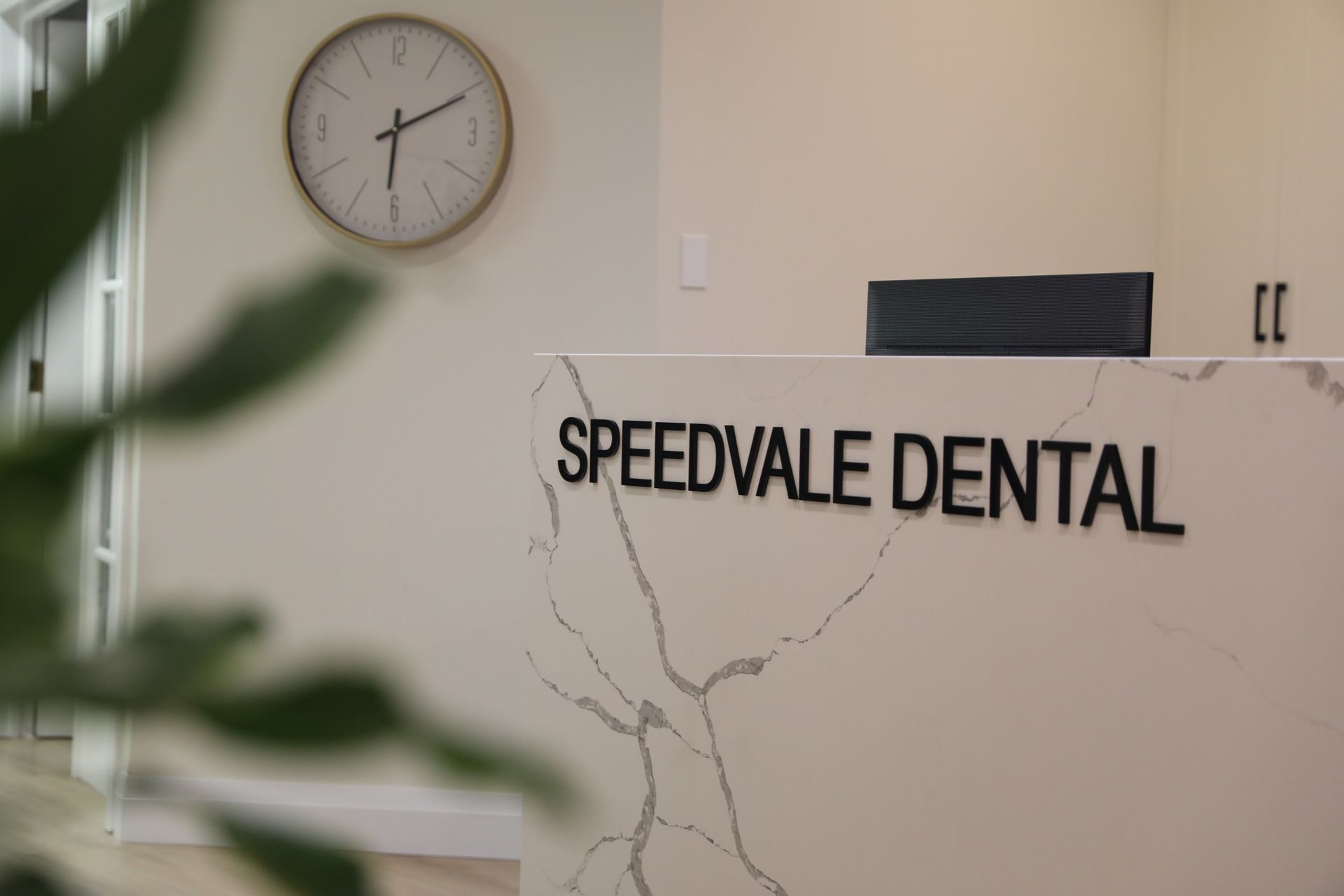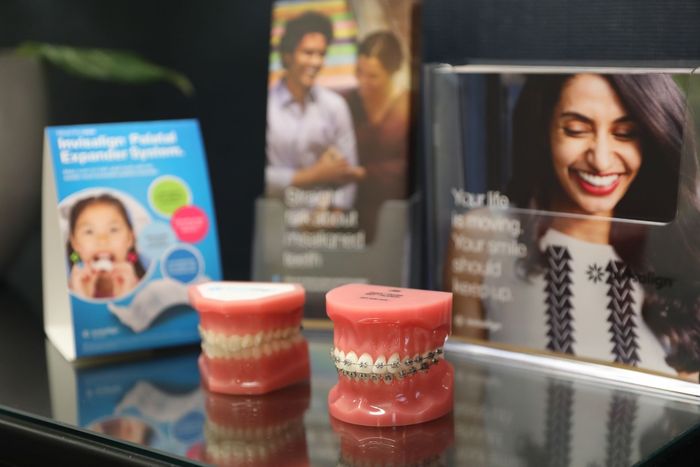Speedvale Dental Centre
At our practice, we transform lives by crafting beautiful, confident smiles—one patient at a time.
Dr. Fox, Dr. Cool, and Dr. Vale take a comprehensive approach to dentistry, prioritizing not just oral health but overall well-being. They adhere to the highest standards in cosmetic dentistry, combining expertise with a commitment to patient-centered care.
Dedicated to excellence, they offer the most innovative products, cutting-edge technology, and personalized solutions to ensure each patient enjoys optimal health, comfort, and vitality.
Stop By And Say Hello—We’d Love To Meet You!
Everything You Need
Is Here With Our Dental Services.
From the moment you step through our door, you’ll be greeted by our warm and caring team.
We are here to make you feel right at home while attending to all of your dental needs.
We take pride in offering personalized care tailored just for you, in a serene and inviting environment designed to ensure your comfort and peace of mind.
We are Invisalign® Preferred Providers Since 2015
You’re Going To Love Your
Smile.
Comprehensive Dental Care For Every Need
Cosmetic Dentistry
We deliver top-tier restorative care, from crowns to implants, ensuring the smile you’ve always wanted.
Orthodontics & Invisalign®
From braces to Invisalign®, we offer solutions for adults and children seeking straighter smiles.
Airway Centric® Health Care
Airway Centric® Health Care takes the focus beyond just the teeth and gums. Your airway’s main role is to deliver oxygen to your blood, which is needed for the health and proper function of all our internal organs.
Community Love
The Official Dentists For The Guelph Storm
Treating the dental needs of hockey players is a unique service, which primarily targets trauma to the mouth, bone, teeth and gums. As the official dentist of the OHL Guelph Storm team, Speedvale Dental Centre understands that more often than not, the first area of focus is prevention. There is no better way to avoid dental injuries during play than a custom-made sports mouth guard.
Full Body Health Dentistry
Latest Blog Posts



Ready, set, smile!
Follow us @speedvaledentalcentre👇





